Glutinous rice balls, known as tangyuan in Chinese cuisine, are a beloved dessert and symbolic dish enjoyed during festivals like the Lantern Festival. These chewy, doughy spheres, often filled with sweet or savory fillings, have gained popularity worldwide for their comforting texture and versatility. However, a common dilemma among home cooks and even seasoned chefs revolves around the optimal method for cooking frozen glutinous rice balls: Should they be boiled in cold water or hot water? This article delves into the science, techniques, and practical tips to resolve this culinary debate once and for all.
Understanding the Basics of Glutinous Rice Balls
Before diving into cooking methods, it’s essential to grasp the composition of frozen glutinous rice balls. These treats are typically made from glutinous rice flour, water, and sometimes fillings like black sesame, red bean paste, or peanut. The dough’s sticky nature comes from amylopectin, a starch molecule in glutinous rice that becomes gelatinized when heated, creating a soft, elastic texture. Freezing the balls hardens the dough, making proper cooking techniques critical to achieving the desired consistency without compromising taste or appearance.
The Case for Cooking Frozen Glutinous Rice Balls in Cold Water
Advocates of the cold-water method argue that starting with chilled water ensures even cooking and prevents the dough from disintegrating. Here’s a step-by-step breakdown of this approach:
- Preparation: Fill a pot with enough cold water to submerge the frozen rice balls. Avoid overcrowding the pot; leave space for the balls to float freely.
- Heating: Place the pot on the stove over medium heat. As the water gradually warms, the frozen balls thaw slowly, allowing the dough to cook uniformly from the inside out.
- Boiling Point: Once the water reaches a rolling boil, reduce the heat to a gentle simmer. This prevents aggressive bubbling, which could cause the balls to stick to the pot or each other.
- Cooking Time: Allow the rice balls to cook for 8–10 minutes, or until they float to the surface—a visual cue indicating doneness.
- Post-Cooking: Drain the balls and serve immediately, or transfer them to a sweet syrup or broth for added flavor.
Pros of the Cold-Water Method:
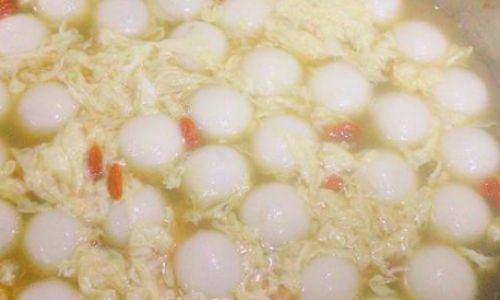
- Even Cooking: The gradual temperature rise minimizes temperature shock, reducing the risk of the dough cracking or leaking filling.
- Preserved Texture: The slow cooking process maintains the balls’ chewiness without making them overly gummy.
- Reduced Risk of Breakage: By avoiding rapid boiling, the dough remains intact, especially important for delicate fillings.
Cons of the Cold-Water Method:
- Longer Cooking Time: This method typically takes 2–3 minutes longer than the hot-water approach.
- Potential for Sticking: If not stirred occasionally, the balls may adhere to the pot’s bottom during the initial heating phase.
The Argument for Cooking Frozen Glutinous Rice Balls in Hot Water
Supporters of the hot-water method emphasize efficiency and convenience, claiming it delivers satisfactory results with less time. Here’s how to execute this technique:
- Preparation: Bring a pot of water to a rolling boil. The high heat ensures rapid cooking, which is ideal for busy cooks.
- Adding the Frozen Balls: Gently lower the frozen rice balls into the boiling water using a slotted spoon. This prevents splashing and ensures even distribution.
- Stirring: Stir the pot immediately to prevent sticking. Continue stirring occasionally during cooking.
- Cooking Time: Boil the balls for 5–7 minutes, or until they float. Overcooking can lead to a mushy texture, so timing is crucial.
- Post-Cooking: Remove the balls with a slotted spoon and serve as desired.
Pros of the Hot-Water Method:
- Speed: This method cuts cooking time by nearly a third, making it perfect for quick meals.
- Energy Efficiency: Boiling water requires less time on the stove, conserving energy.
- Clarity in Cooking: The visible floating of the balls provides a clear indicator of doneness.
Cons of the Hot-Water Method:
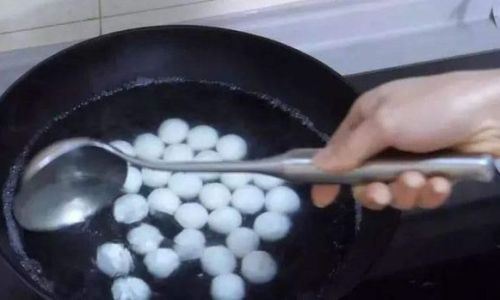
- Risk of Breakage: Sudden temperature changes can cause the dough to crack, especially if the balls are not gently handled.
- Uneven Cooking: The exterior may cook faster than the interior, leading to a gummy outer layer and a raw center.
- Sticking: Without constant stirring, the balls may clump together or stick to the pot.
Comparing the Two Methods: Texture, Taste, and Practicality
The choice between cold and hot water ultimately hinges on priorities: texture, time, and convenience.
Texture:
- Cold-water cooking yields a uniformly chewy texture with a slightly denser center, as the dough cooks gradually.
- Hot-water cooking often results in a softer exterior and a slightly less cohesive interior, which some prefer for lighter consistency.
Taste:
- Both methods preserve the filling’s flavor, but the cold-water method better retains the dough’s natural sweetness due to slower starch gelatinization.
- Hot-water cooking may slightly dilute the dough’s taste if overboiled, as prolonged exposure to heat can break down starches.
Practicality:
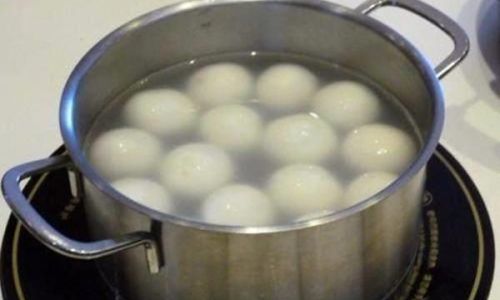
- Cold-water cooking is ideal for novice cooks or those prioritizing texture over speed.
- Hot-water cooking suits experienced cooks who can monitor the pot closely to prevent overcooking.
Expert Tips for Perfect Frozen Glutinous Rice Balls
Regardless of the method chosen, these tips ensure flawless results:
- Do Not Thaw: Never defrost frozen rice balls before cooking. Thawing alters the dough’s structure, leading to mushiness.
- Use a Large Pot: Ample water prevents overcrowding and ensures even cooking.
- Stir Gently: Frequent stirring (especially in the hot-water method) prevents sticking without damaging the dough.
- Adjust Heat: After boiling, reduce the heat to maintain a gentle simmer. Violent bubbling can rupture the balls.
- Test Doneness: Floating is a reliable sign, but slicing one ball open confirms the center is cooked through.
- Sweeten Post-Cooking: If serving with syrup, coat the balls after cooking to avoid diluting the broth during boiling.
Common Mistakes to Avoid
- Overcooking: Excessive boiling turns the dough gummy and causes fillings to ooze.
- Undercooking: A dense, raw center results from insufficient cooking time.
- Using Oil: Adding oil to the water is unnecessary and may make the dough slippery and hard to handle.
- Skipping Stirring: Neglecting to stir leads to clumping and uneven cooking.
Regional Preferences and Cultural Context
In China, cooking methods for glutinous rice balls often vary by region. Northern chefs, who favor heartier textures, typically opt for the cold-water method to emphasize chewiness. Southern cuisines, which prioritize delicate flavors, sometimes prefer hot-water cooking for its quicker preparation. However, modern chefs increasingly blend techniques, adjusting heat and time to suit personal taste.
Conclusion: The Verdict
The debate between cold and hot water cooking for frozen glutinous rice balls boils down to individual preferences and circumstances. The cold-water method excels in delivering even texture and minimizing breakage, making it ideal for those who prioritize quality over speed. Conversely, the hot-water method offers unbeatable convenience, perfect for time-constrained cooks.
Ultimately, experimentation is key. Try both methods to determine which aligns with your palate and lifestyle. Whether you prefer the slow-cooked resilience of cold-water balls or the rapid simplicity of hot-water preparation, mastering this culinary technique ensures a delightful treat that honors tradition while adapting to modern needs. So, the next time you crave these iconic dumplings, approach the stove with confidence—and a pot of water, cold or hot.

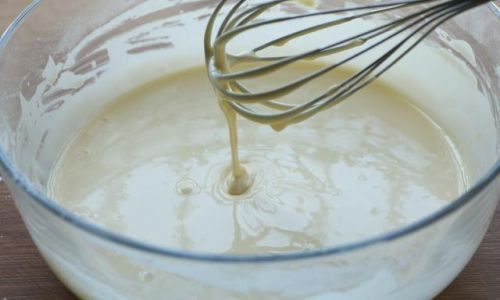

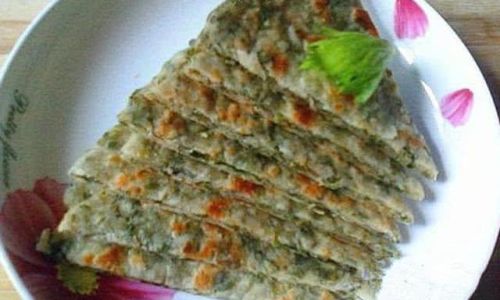
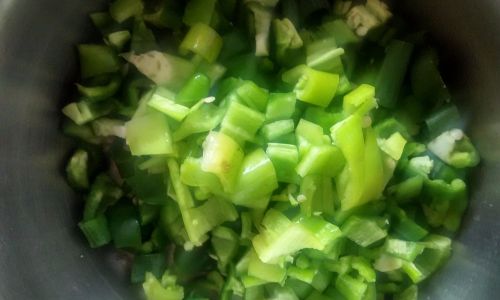
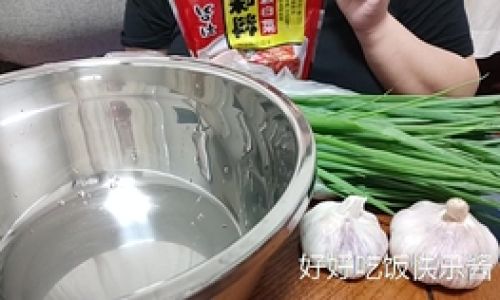
0 comments